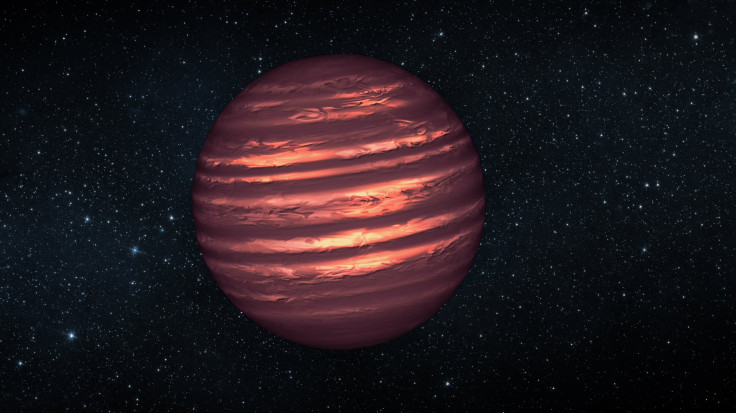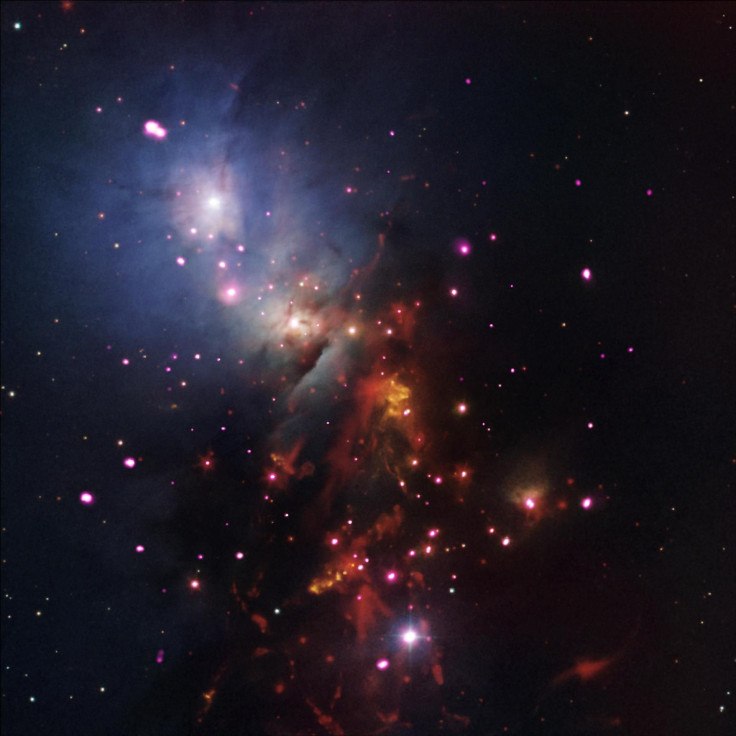NASA’s James Webb Telescope Will Study ‘Mysterious Brown Dwarfs’

Brown dwarfs are another of those things in space that defy clear classification, falling somewhere in that no man’s land that divides really large planets from the smallest stars. And their very existence is a conundrum for astronomers and their theories of how both planets and stars form.
When NASA launches the James Webb Space Telescope — the successor to the Hubble Space Telescope — in 2019, a number of research teams will use data collected by JWST “to explore the mysterious nature of brown dwarfs, looking for insight into both star formation and exoplanet atmospheres, and the hazy territory in-between where the brown dwarf itself exists,” NASA said in a statement Thursday.
These not-quite-a-planet-but-not-a-star-either objects were theorized in the 1960s but the first confirmed evidence of a brown dwarf came in 1995, with observations from ground-based telescopes and an image from Hubble of the brown dwarf Gliese 229B, about 19 light-years from Earth. It is estimated to have a mass of between 20 and 50 times that of Jupiter, making it too big to be a planet. But it is too small to sustain nuclear fusion of hydrogen in its core, the process that produces starlight.
The difficulty of categorizing them doesn’t end there. We can’t explain their formation, whether through contraction of gas and dust, like a star, or by the accretion of material in a protoplanetary disk around a star, like planets. Further, some brown dwarfs have been seen around stars, like Gliese 229B near Gliese 229, while some others are by themselves, like Teide 1, which was found earlier than Gliese 229B but confirmed to be a brown dwarf later.
Aleks Scholz of the University of St. Andrews, Scotland, heads a project called Substellar Objects in Nearby Young Clusters, and will use infrared data from JWST to study a stellar nursery — NGC 1333 in the constellation of Perseus — about 1,000 light-years away that is home to an unusually high number of brown dwarfs, some of which are not much heavier than Jupiter.
Scholz explained in the statement that brown dwarfs are best seen in infrared light because they don’t shine like stars do, but instead offer a faint glow.
“In more than a decade of searching, our team has found it is very difficult to locate brown dwarfs that are less than five Jupiter-masses — the mass where star and planet formation overlap. That is a job for the Webb telescope. It has been a long wait for Webb, but we are very excited to get an opportunity to break new ground and potentially discover an entirely new type of planets, unbound, roaming the Galaxy like stars,” Scholz said.

SIMP0136 is a low-mass (could be as low as 13 Jupiters), isolated brown dwarf located about 20 light-years away from Earth, and will be the object of study by a team from Université de Montréal, Canada, led by Étienne Artigau. The team has, in the past, found evidence for a cloudy atmosphere around SIMP0136, and its members hope to study the chemical composition of those clouds using JWST.
“The brown dwarf SIMP0136 has the same temperature as various planets that will be observed in transit spectroscopy with Webb, and clouds are known to affect this type of measurement; our observations will help us better understand cloud decks in brown dwarfs and planet atmospheres in general,” Artigau said in the statement.
Currently, JWST is scheduled for a spring 2019 launch.
© Copyright IBTimes 2024. All rights reserved.





















